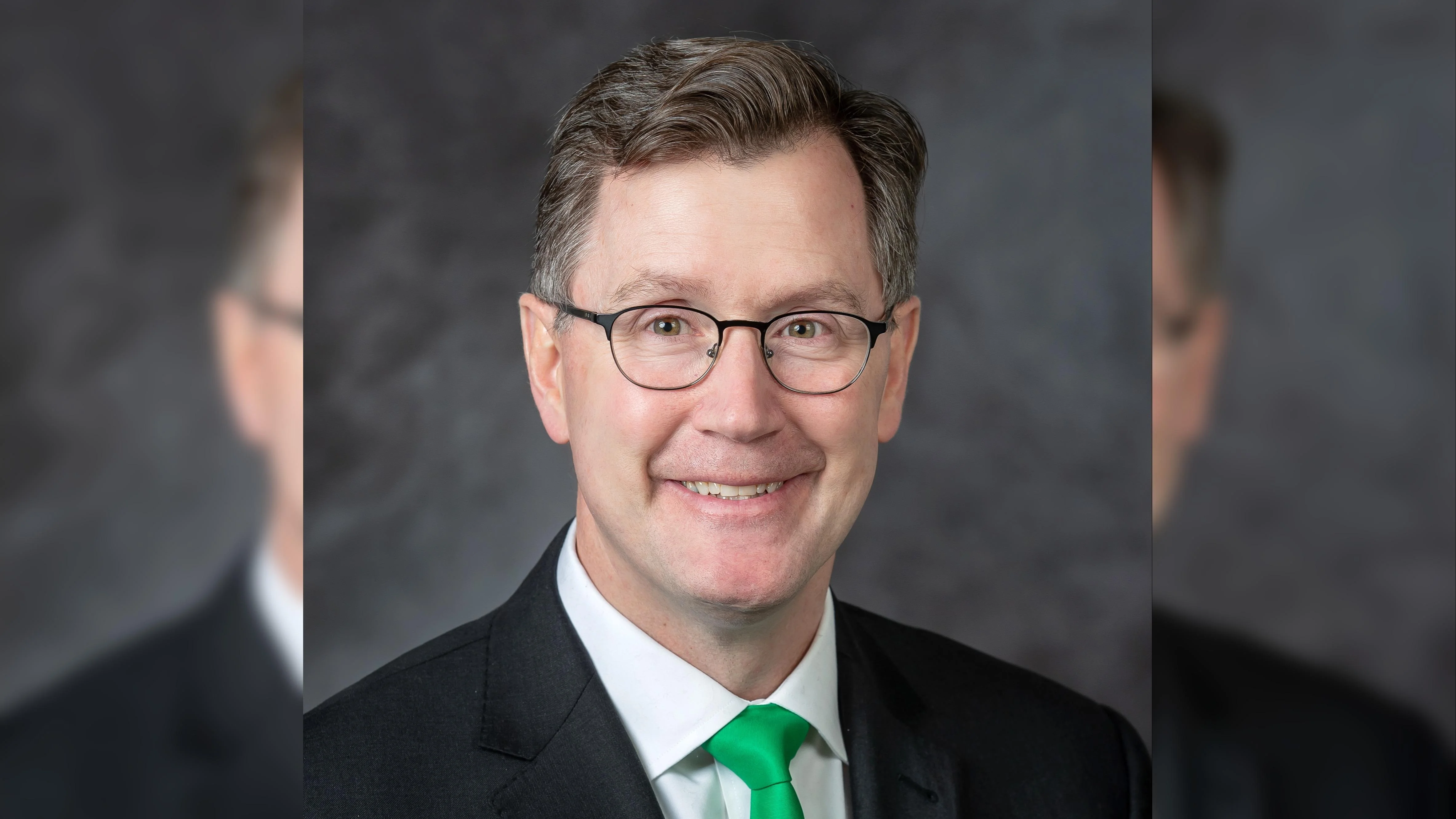Dr. Andrew Armacost, President | University of North Dakota
Dr. Andrew Armacost, President | University of North Dakota
James Higgins, professor and associate chair of Aviation at the University of North Dakota (UND), recently wrote an article for The Conversation comparing safety practices in the airline industry to those currently used in artificial intelligence (AI). His piece was published on October 17 and has since been read more than 3,500 times by people around the world.
Higgins draws from his research on air travel safety to highlight how aviation became one of the safest modes of transportation. He notes that since powered flight began, approximately 185,000 people have died in civilian aviation accidents. However, over the past five years, the risk of dying as a passenger on a U.S. airline is nearly zero.
He explains that early aviation accidents led to important lessons. "Although tragic, each accident and each fatality represented a moment for reflection and learning. Accident investigators attempted to recreate every accident and identify accident precursors and root causes. Once investigators identified what led up to each crash, aircraft makers and operators put safety measures into effect in hopes of preventing additional accidents," Higgins writes.
The evolution of aviation safety moved from being reactive—responding after accidents—to proactive and predictive approaches. In 1938, President Franklin Roosevelt signed the Civil Aeronautics Act, establishing regulatory bodies for air safety. Later, groups like the Commercial Aviation Safety Team were formed by industry members including the FAA and NASA. These organizations agreed there would be no competition when it came to safety; airlines would share data openly.
"The group, which includes the FAA and NASA, decided early on that there would be no competition among airlines when it came to safety. The industry would openly share safety data. When was the last time you saw an airline advertising campaign claiming 'our airline is safer than theirs'?" he asks.
Aviation professionals now use flight data recorders not just after incidents but to monitor every flight for trends or risks before they lead to accidents. Anonymous reporting systems also encourage individuals within aviation to report potential issues without fear of punishment.
"All of this data is stored, aggregated and analyzed by safety scientists, who look at the overall system and try to find accident precursors before they lead to accidents," Higgins says.
Higgins contrasts this with current AI industry practices: "Nearly all AI companies are trying to implement some safety measures. But they appear to be making these efforts individually, just like the early players in the aviation field did. And these efforts are largely reactive, waiting for AI to make a mistake and then acting."
He suggests that AI companies could benefit from adopting similar collective approaches seen in aviation: "What if there was a group like the Commercial Aviation Safety Team where all AI companies, regulators, academia and other interested parties convened to start the proactive and predictive processes of ensuring AI doesn’t lead to calamities?"
The Conversation is a nonprofit media outlet publishing articles by university scholars for free republication worldwide. UND faculty who have contributed report positive experiences with writing for The Conversation.
For those interested in learning more about contributing articles or engaging with The Conversation platform at UND, further information is available through campus communication channels.



 Alerts Sign-up
Alerts Sign-up